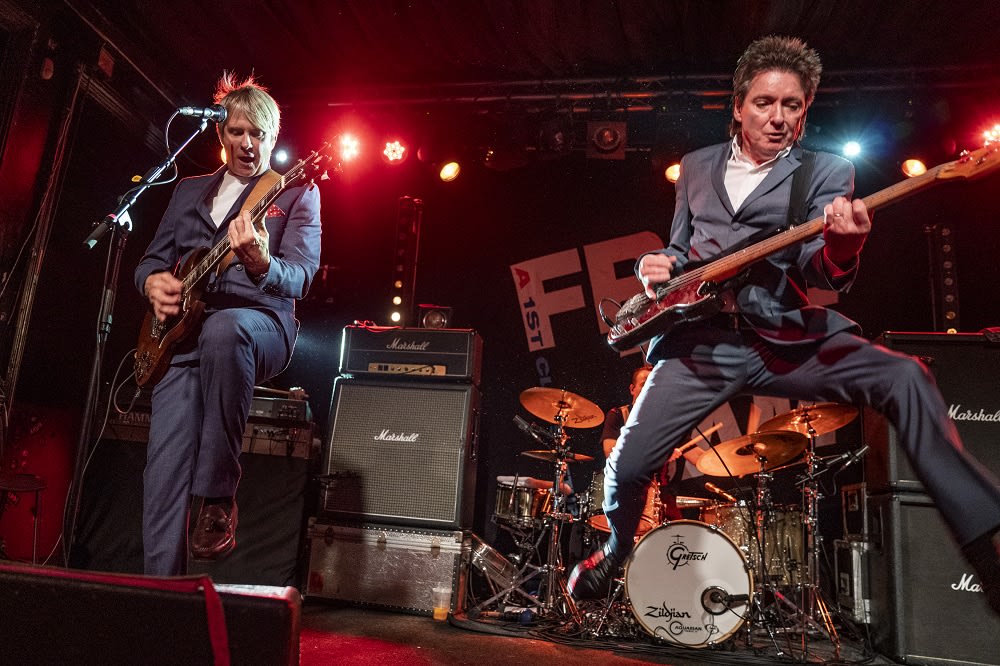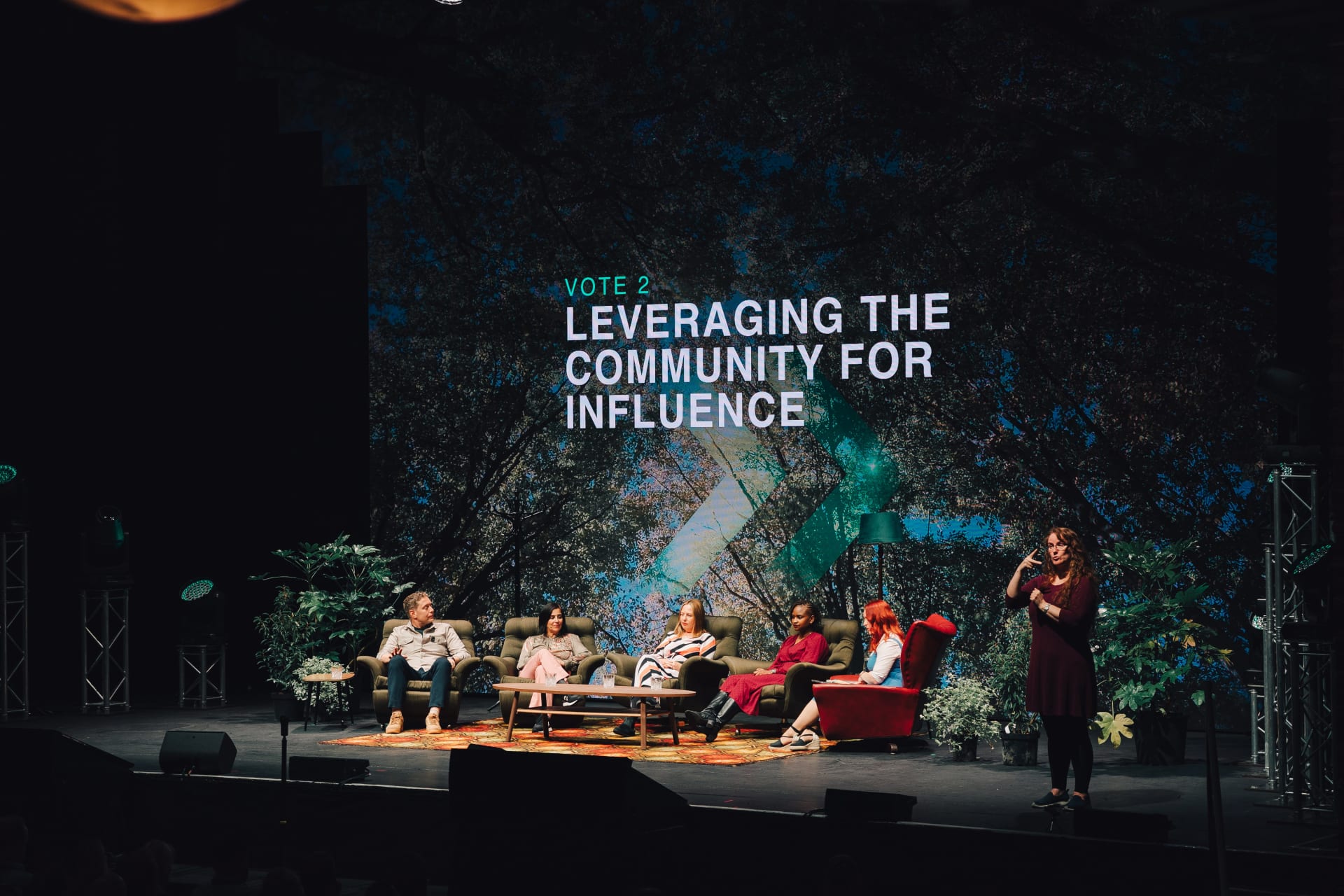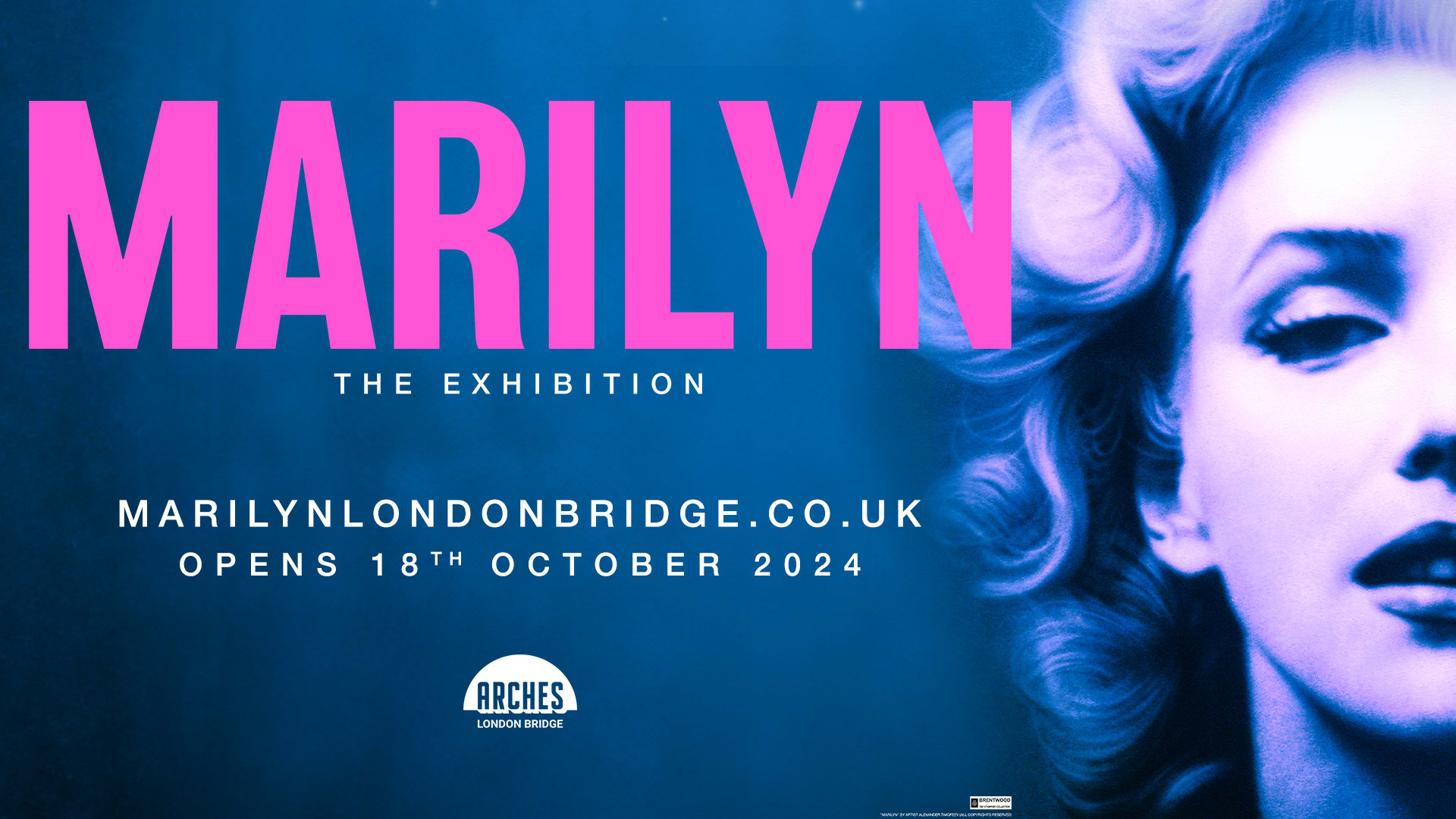Having stopped by at The Crown in Church Enstone near Chipping Norton before, (read our review here) we couldn’t leave without picking the brains of one of its owners, George Irvine, a contemporary artist of exceptional quality. He principally paints vigorous landscapes, but also works in photography and sculpture, and he shares his talent not only by hanging his work at his inn, but through his two-day art classes in and around his studio, with accommodation at The Crown. Here he is in his own words…
As someone who’s worked across different media, are you led by the subject matter or do you get a sort of craving for other techniques after painting a lot?
I think the latter is correct. I was on the ferry yesterday on the way back from Ireland having done two paintings in two days. I had the day off painting and had my big Nikon camera with me – I spent 4½ hours on the ferry photographing reflections through windows and bits of Ireland. I had a great session and I’m really looking forward to sitting down with the photographs and turning them into something. So it’s a kind of release – the painting is more commercial, but to produce a whole painting in a day, I find it a struggle.
There’s a tremendous energy to your landscapes – how do you get that vitality onto the canvas?
The way I paint is to start off drawing. Drawing is still quite an important part of it; going through the structural stages of making a painting. Then it’s about being bold and mixing large amounts of colour and using that underlying structure to hang the expressive marks off.
Time must be of the essence in many ways.
Yes, exactly. I tend to spend quite a lot of time getting the drawing right underneath before quite quickly trying to sort of capture a bit more of a moment in time. I suppose that’s where the energy side comes in; the act of working with quick brush strokes creates its own sort of excitement in the way the brush marks hit the canvas.
You trained as a teacher as well.
Yes, I started at Bicester Community College. That was my first job – it was an interesting school to teach in. At the time the budget for the art materials was shocking, we’re talking about £100 for the term to teach hundreds of students – I used to bring my own paints in to help the A-level students. We had a police lady who’d patrol the corridors at break time. It was quite a baptism of fire going to that school but I think it’s sorted itself out now. Then when a teaching job at Stowe came up, I felt a bit guilty about it almost – but I had a fantastic 12 years there.
Did you face similar challenges at Stowe?
There weren’t any restrictions on budgets but you know, teenagers are teenagers and they still had their issues at the other end of the scale. We used to get students whose parents would basically leave them £200 cash on the mantelpiece in the Knightsbridge flat and go to Barbados for the weekend, they would find their place in the art department.
Did you find that the art department was a safe haven for kids that were struggling?
Definitely – for example there was a boy who was about to be chucked out of school. He had lurchers and, this might not be politically correct, but he used to go beagling. He was in a bad way and I remember showing him some painting by quite a traditional artist of lurchers and hunting scenes – probably Munnings or someone – and it kind of lit an idea and off he went. Soon he had this huge amount of incredibly engaging work about his animals; his dogs looked like they were moving at 30 miles an hour. It was fantastic. It just turned the whole thing around.
How did teaching art inform your own work?
Teaching was a catalyst to the way I work in so many different media because I would always encourage students to be open-minded about what direction to go in, so we’d look at such a wide range of art. You know, art isn’t as some people think, still traditional and concerned only with drawing and painting; it’s video, it’s sculpture, it’s installation – there are so many different ways of expressing an idea. So the range of art that we introduced the kids to was extraordinary and I think that rubbed off on my own work.
Moving on to the Crown Inn, is the provenance of your ingredients important to you?
We’ve got a long way to go but I’m very keen to get more locally sourced food. It’s taken me a while but we’ve just found a farm called Prior Farm who produce the Hereford beef that goes in our burgers. We’ve had a vegetable garden this year – we learnt our lesson because we produced far too many things. Next year we’re just going to accept that we can’t supply 100% of the vegetables for the pub, we’ll just produce maybe three things like chard and spinach. I’m sure we could produce all the potatoes for a few months next year.
What draws you to the concept?
I think it’s supporting the local economy and the idea that food isn’t travelling too far is fantastic. We’re all much more aware of our responsibility for the environment; it upsets me when I see mushrooms coming from Spain, it’s just not necessary. I was in this hotel in Ireland last week owned by a chef called Kevin Dunford. He’s always banging on about everything being local, and it does taste – I mean, I don’t know if it’s psychological – but when you have a potato that was dug up half an hour ago, it does taste amazing.
When you took over the Crown was it important to remain a proper pub?
Very much so, and that’s slightly dictated by the bar. When you come into the main pub it’s got these wonderful warm stone walls and exposed beams and the atmosphere is there without too much tinkering needed. We’ve smartened up the bar a little bit but the locals are so important; there’s nothing better than a busy Friday night when you’ve got the locals having a drink around the bar and the tables are full down there as well. I think a pub is a rare place where you get the chap who’s the lord of the manor down to the chap who mows his grass and everyone’s having a good laugh.
You’ve combined the different threads of your life by holding art classes in and around the Crown – what can people expect from the experience?
I start by talking about art and showing them examples of the sorts of things we’ll be doing and then it’ll be about going outside, sketching and taking notes before coming back to work on a bigger piece of oil on canvas. We’ll work with colour and possibly the idea of abstracting from nature – whatever they want to do I’ve got the materials. The idea is that they’re going to stay here at The Crown Inn and then come to my studio, which is ten minutes up the road, and we’ll be working outside wherever possible. There will always be conversation about art and a range of artists that are relevant to the practical work that we’re undertaking.








